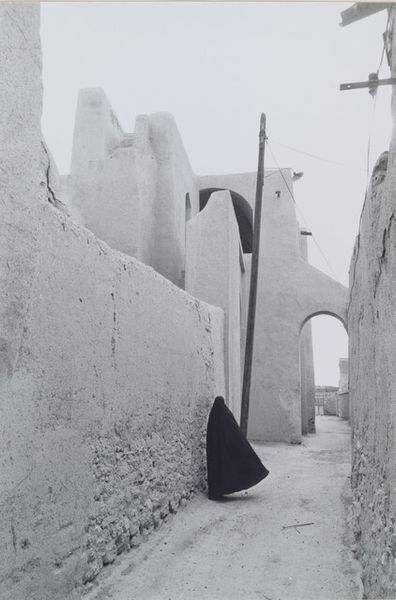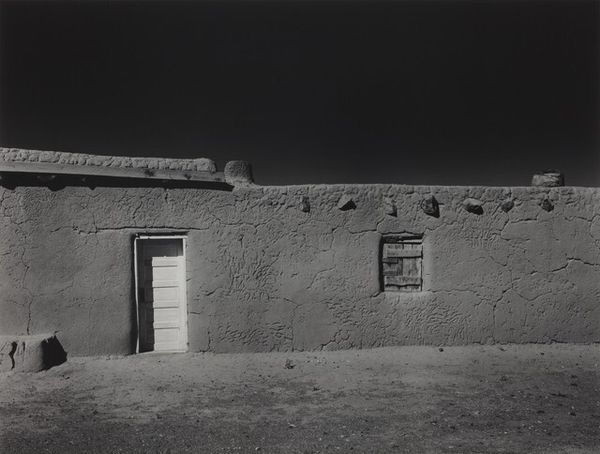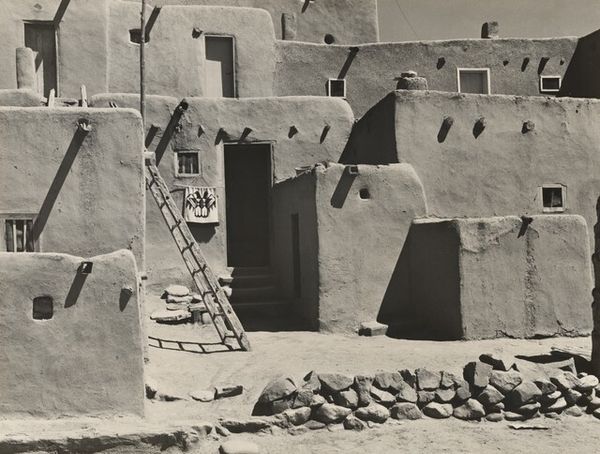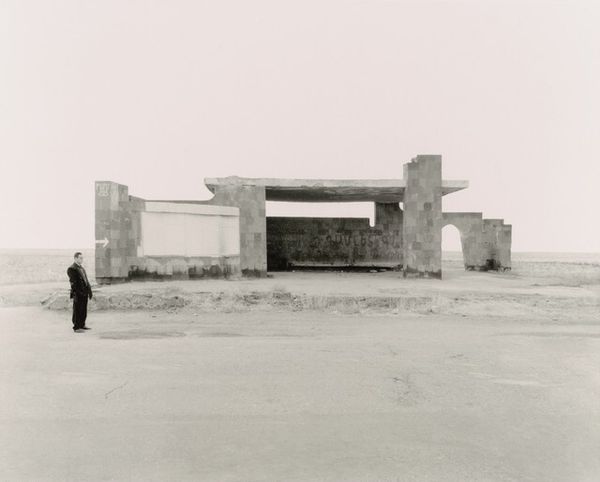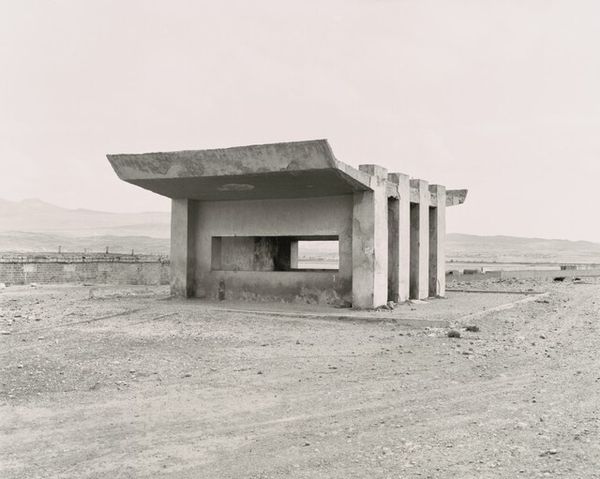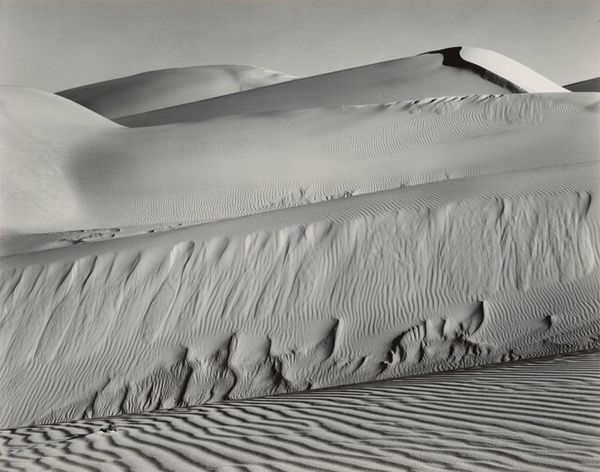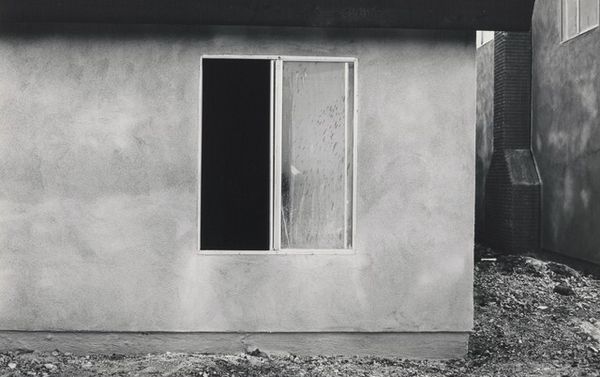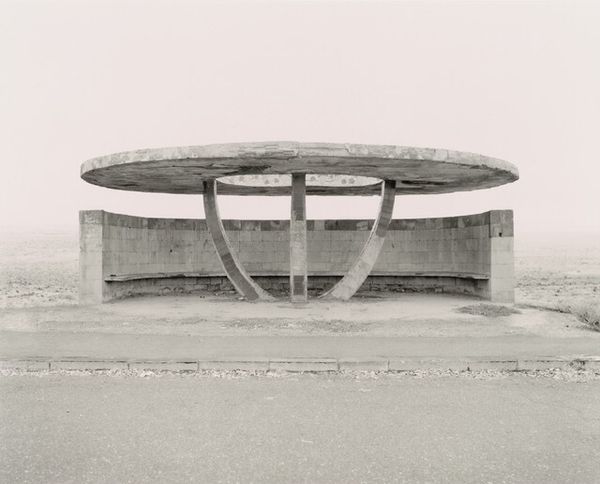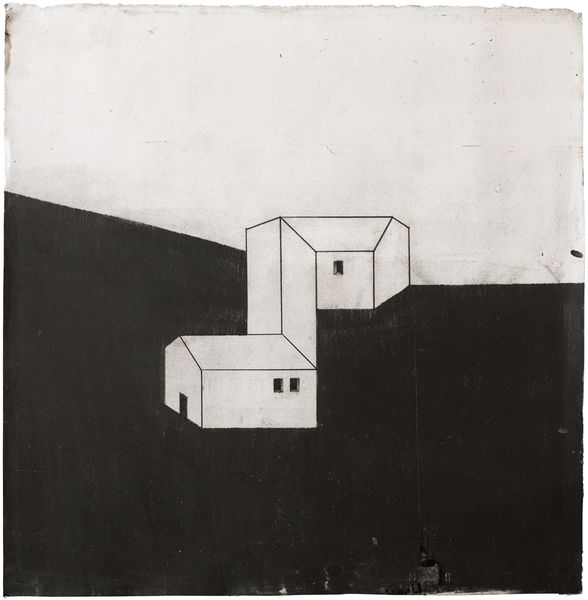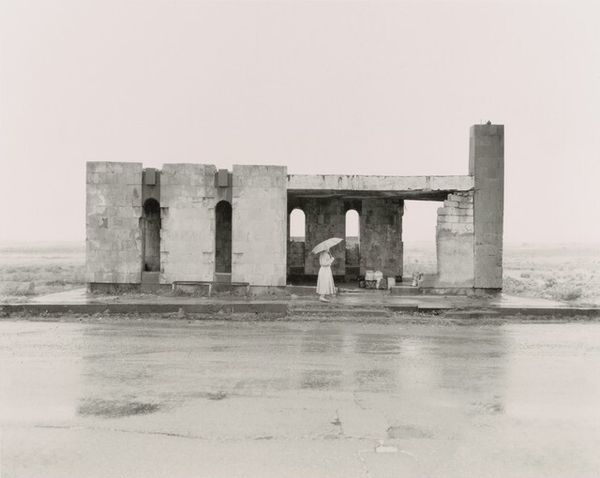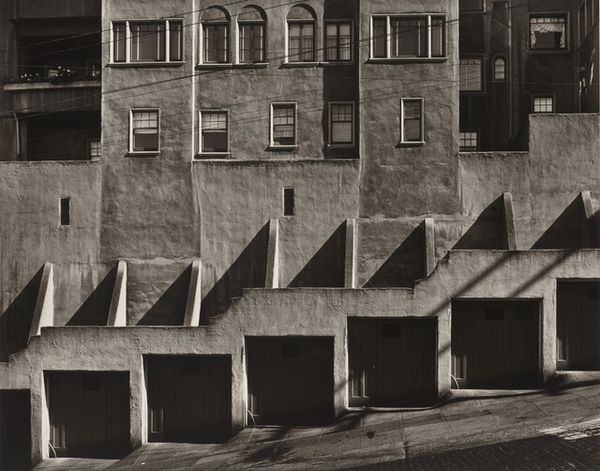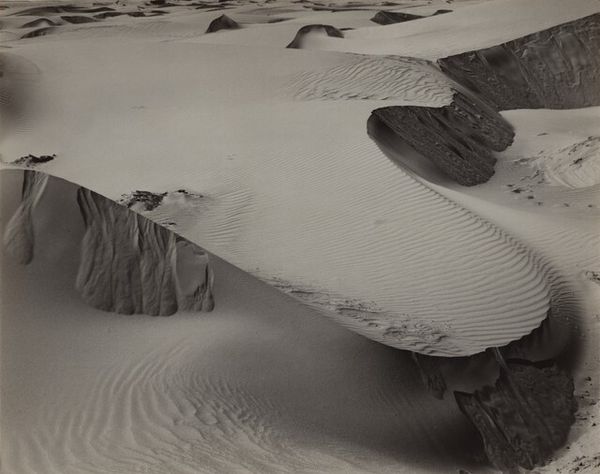
#
black and white photography
#
sculpture
#
black and white format
#
monochrome colours
#
unrealistic statue
#
black and white
#
monochrome photography
#
monochrome
#
statue
#
shadow overcast
Dimensions: overall: 49.2 x 36.6 cm (19 3/8 x 14 7/16 in.)
Copyright: National Gallery of Art: CC0 1.0
Curator: Ansel Adams' photographic work, Saint Francis Church, Ranchos de Taos, New Mexico, dating approximately from 1929 to 1981, captures the imposing form of the church. It's presented in stark monochrome. Editor: Monumental is the word that leaps to mind. It feels ancient and somehow otherworldly, even though it's so grounded. The monochrome palette definitely amplifies this sense of timelessness and perhaps, even a kind of austere spirituality. Curator: Indeed. Adams' work on architecture often emphasizes the cultural and historical importance of his subjects. In this piece, we can appreciate not just a building, but an emblem of community and faith that embodies the socio-historical narratives embedded within its very walls. Churches always had symbolic power far beyond the purely spiritual, controlling everything from wealth distribution to governance in certain locations. Editor: The heavy shadows are doing something interesting, I think. The interplay creates shapes within shapes that call back to old world religious iconography, and that interplay suggests transformation or even duality. We're not just looking at a building; we’re seeing symbols of earthly versus divine or something more complicated entirely. Curator: That contrast enhances the building’s gravitas and sculptural qualities, turning the church almost into a timeless monument, not dissimilar from pre-Christian places of worship. Its endurance speaks to complex narratives about cultural encounters in this region as well, highlighting indigenous architectural styles that get fused into what eventually constitutes this idea of “the church”. Editor: Looking closer, there’s also an emphasis on raw textures, emphasizing this rough hewn form and the very physical reality of devotion. The weathered exterior appears like the exterior skin is aging over time. Curator: Absolutely. Adams made deliberate aesthetic choices—which ultimately highlight these complexities and its ever-shifting function in the community. This photograph transcends documentation and morphs into a meditation of faith, time, and society. Editor: It seems a quiet statement. This image speaks to that quiet endurance which really made me contemplate its deep connection to cultural memory that such structures hold.
Comments
No comments
Be the first to comment and join the conversation on the ultimate creative platform.

